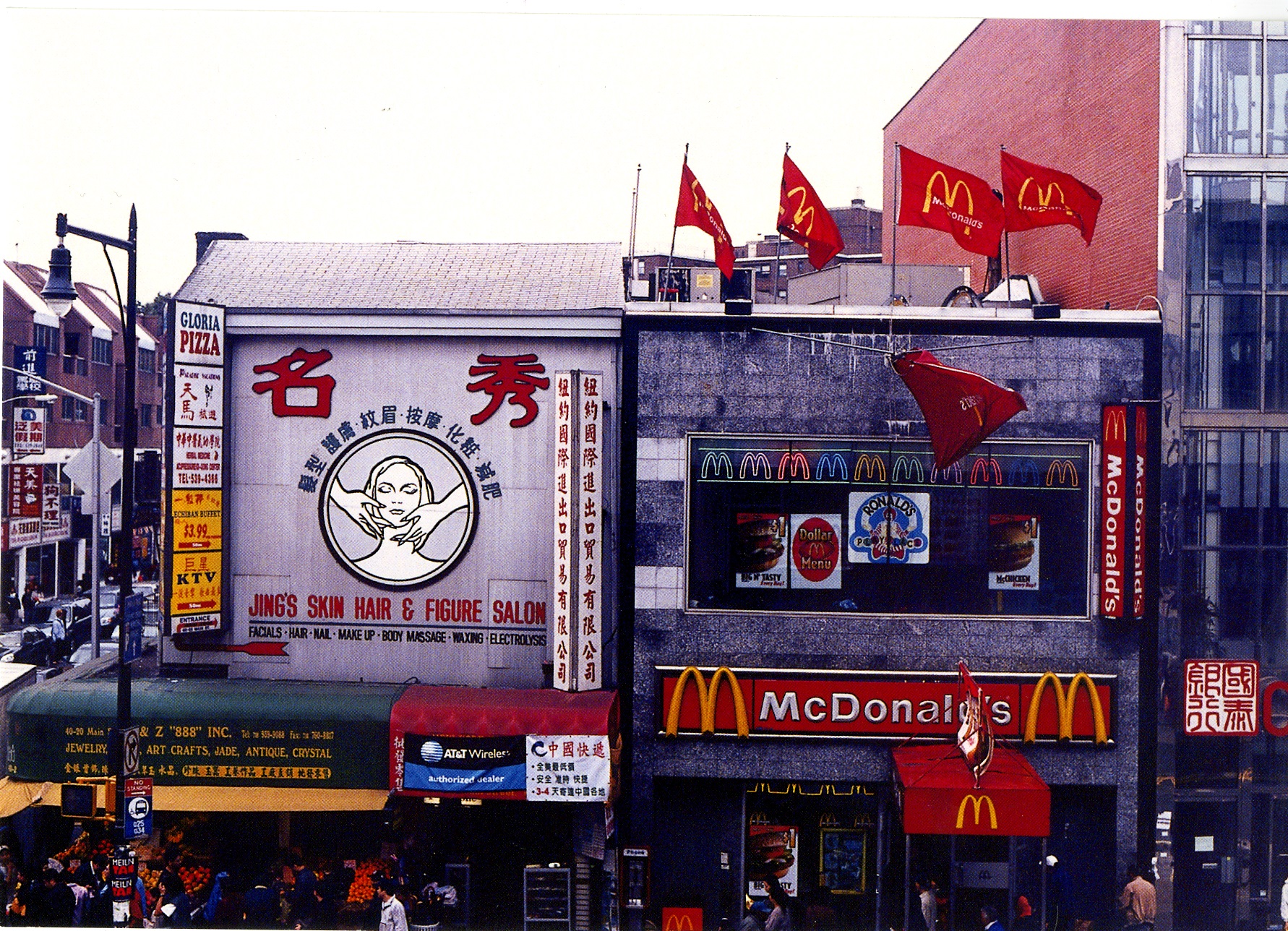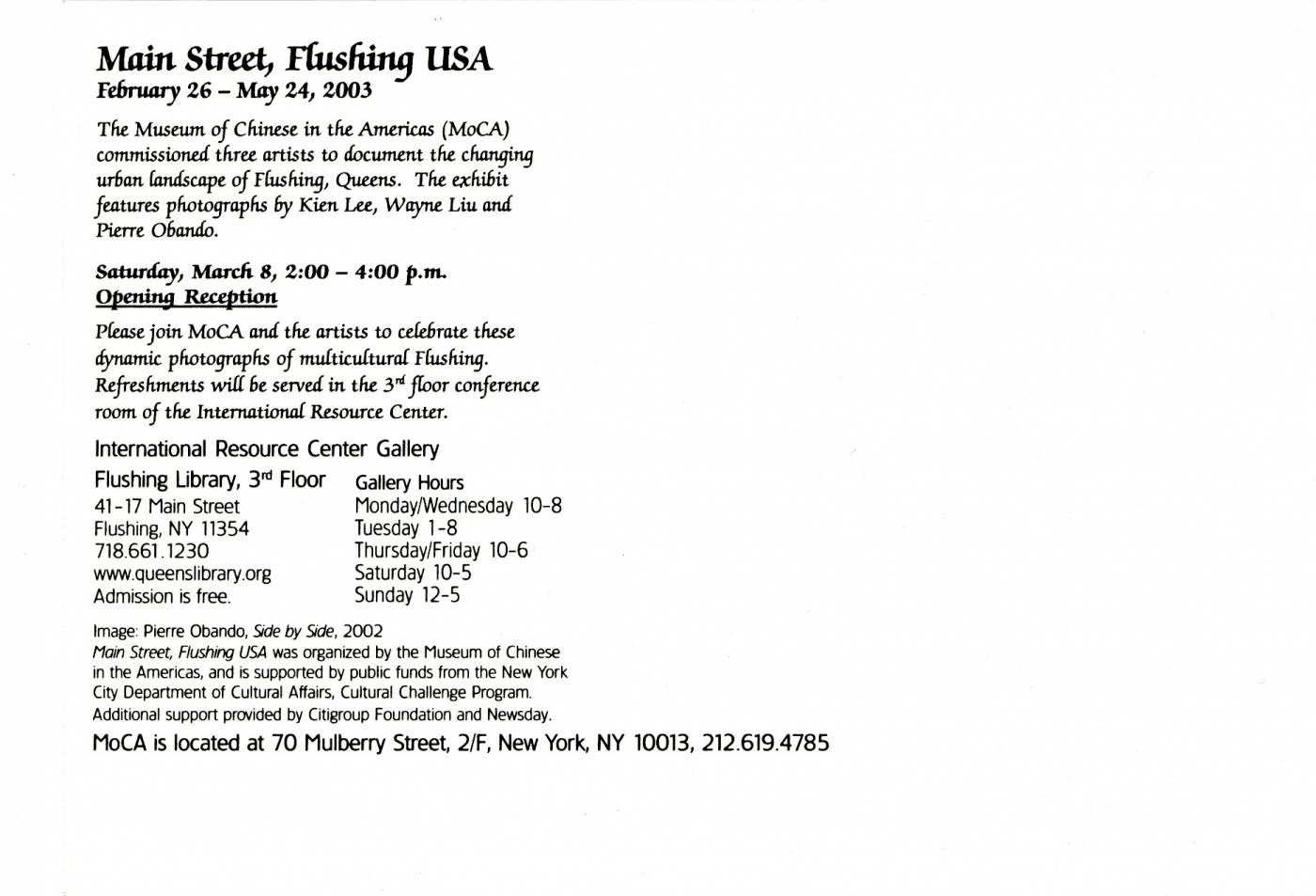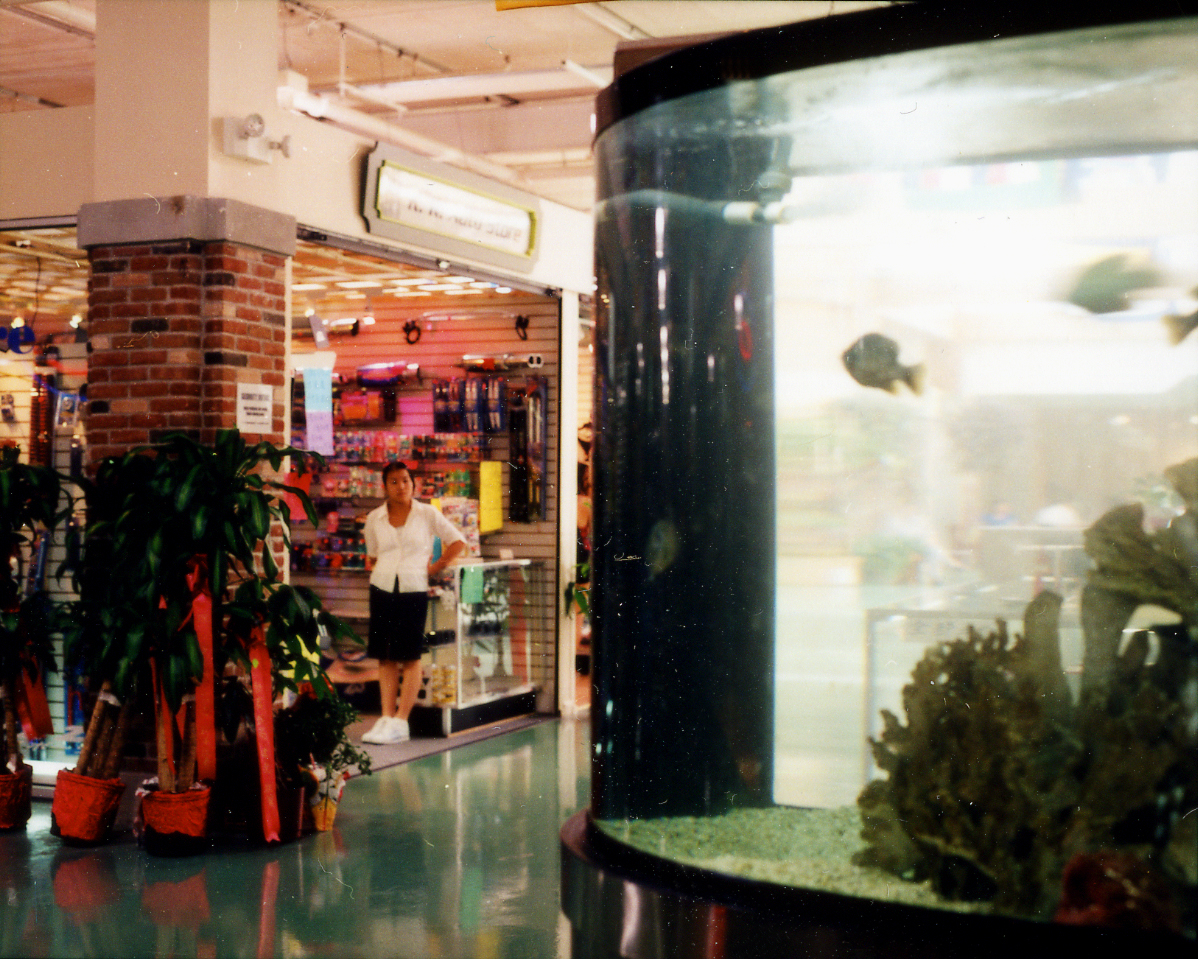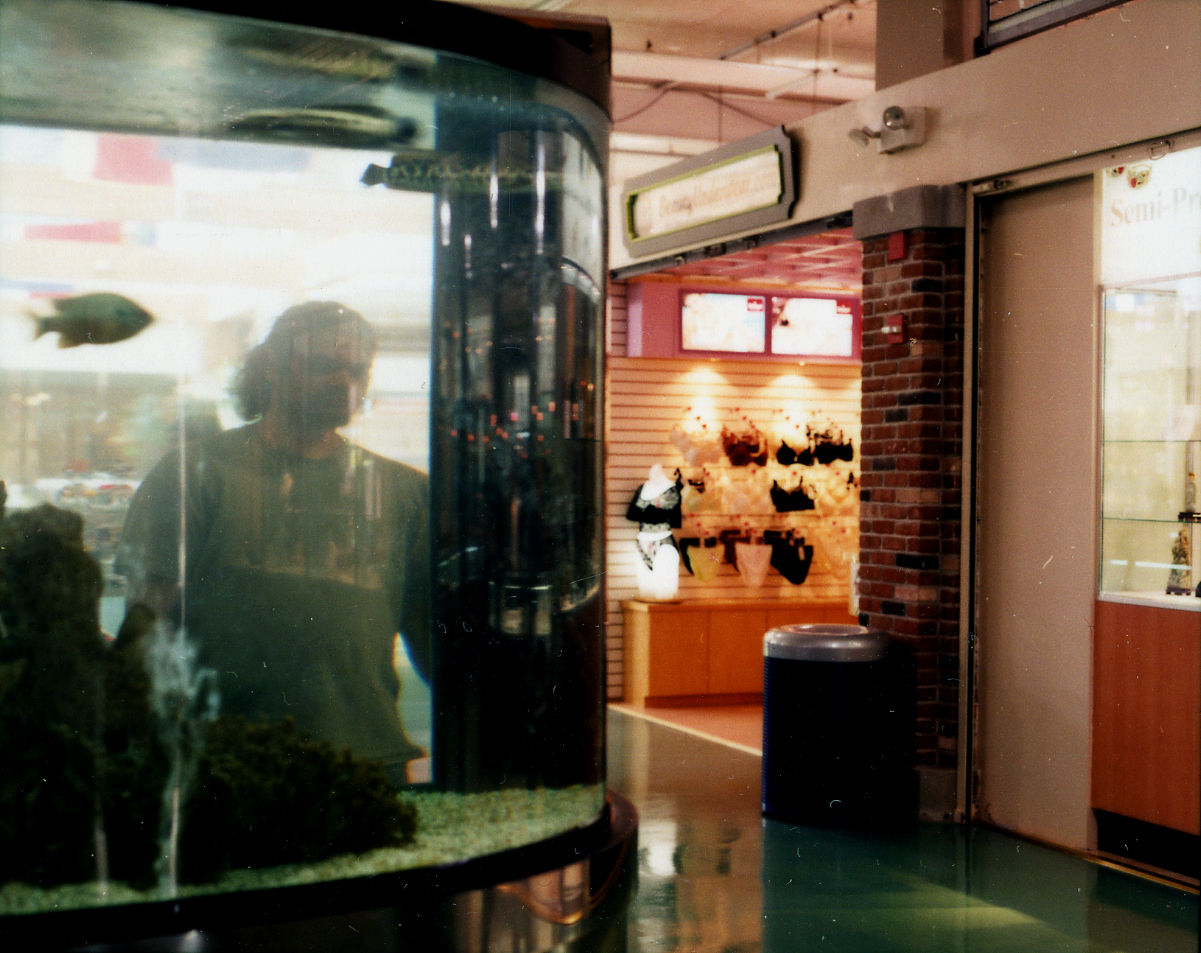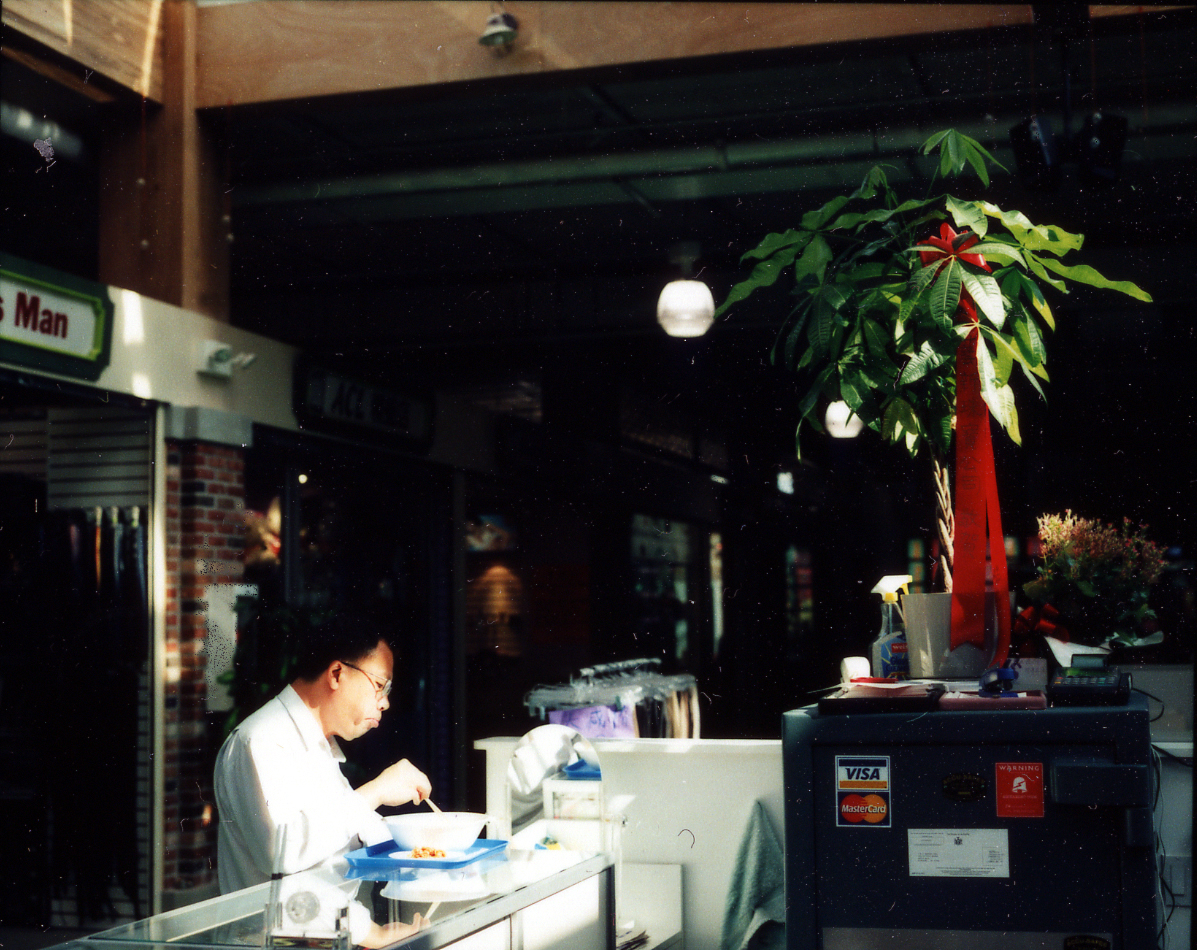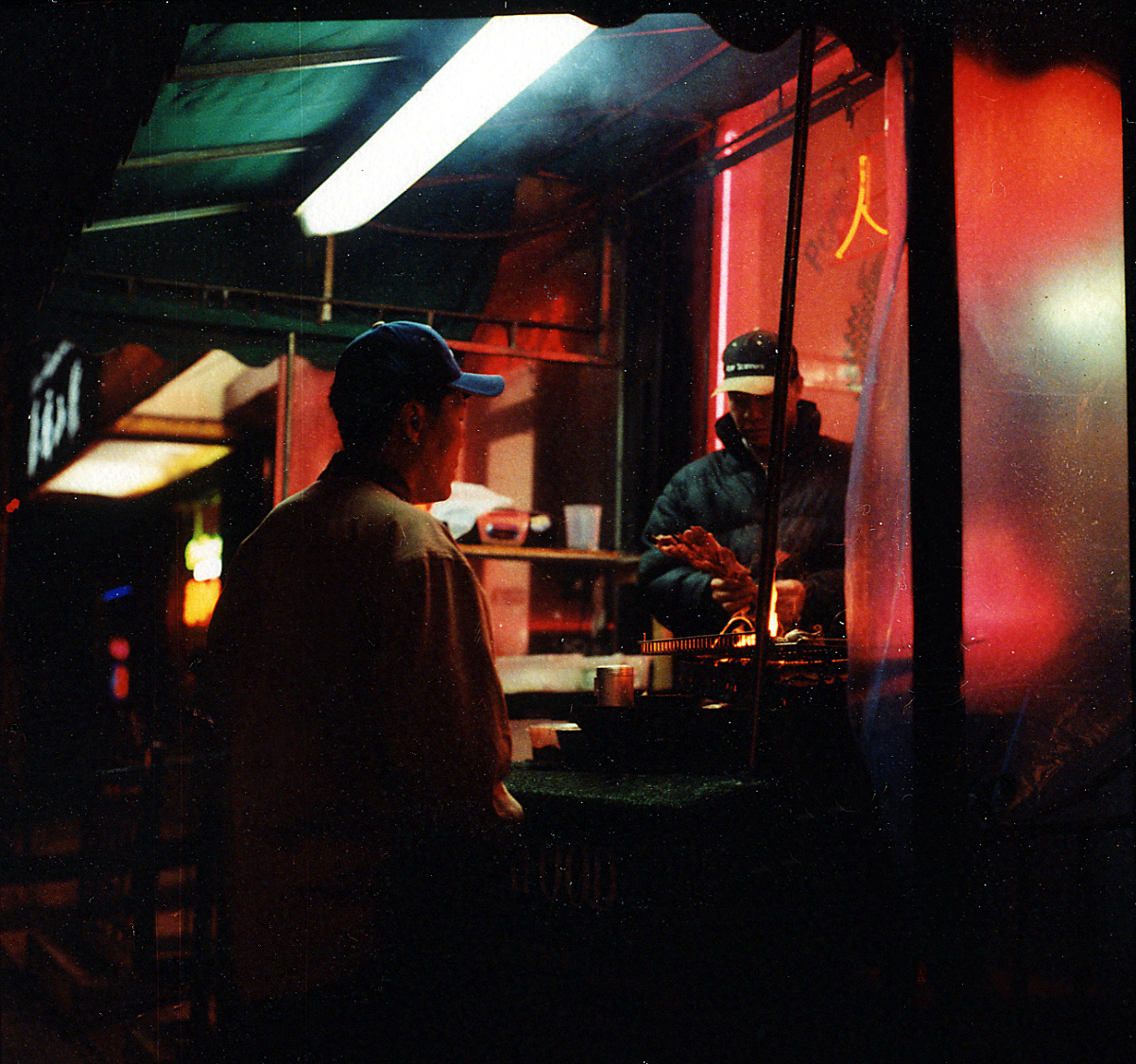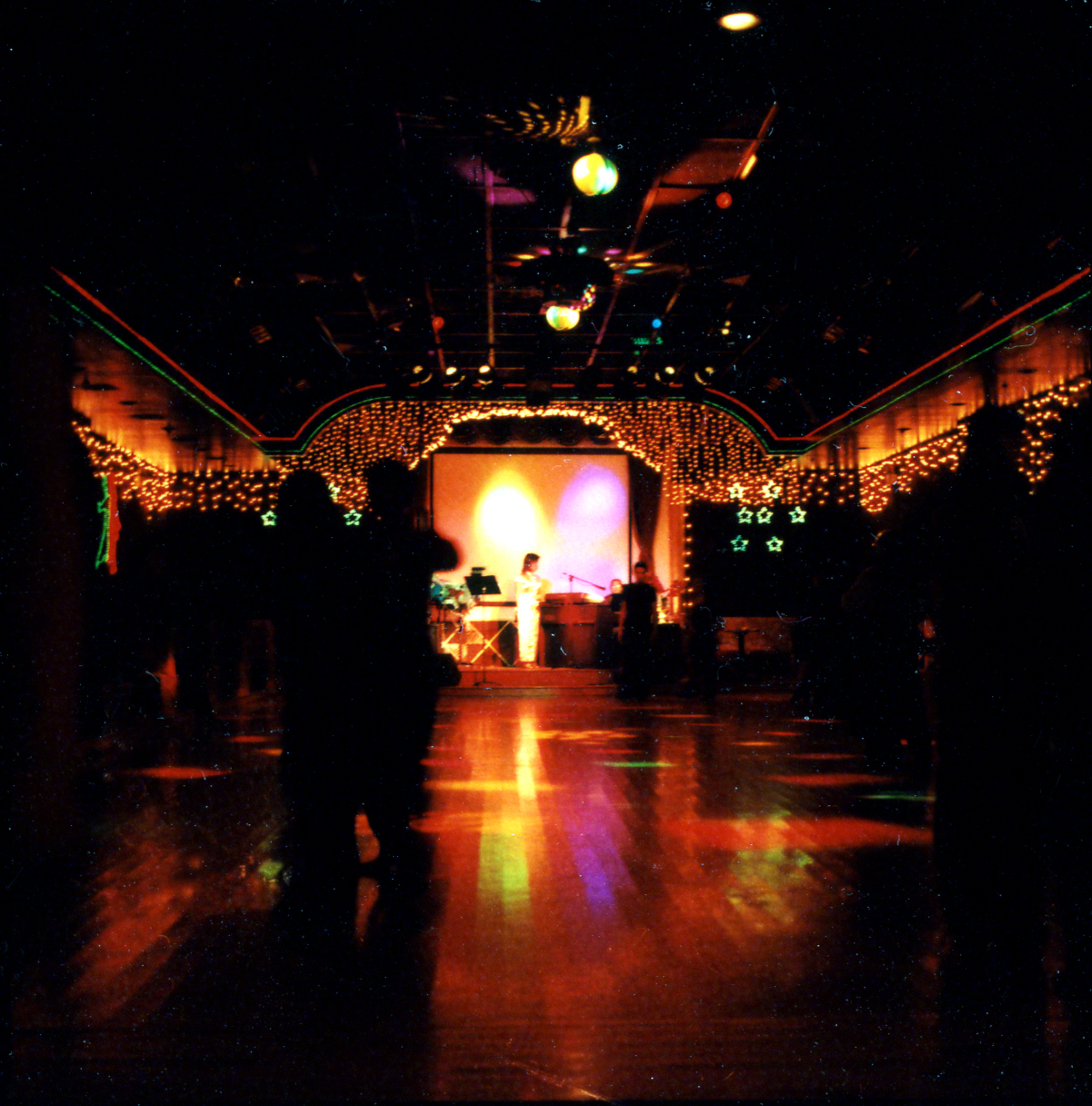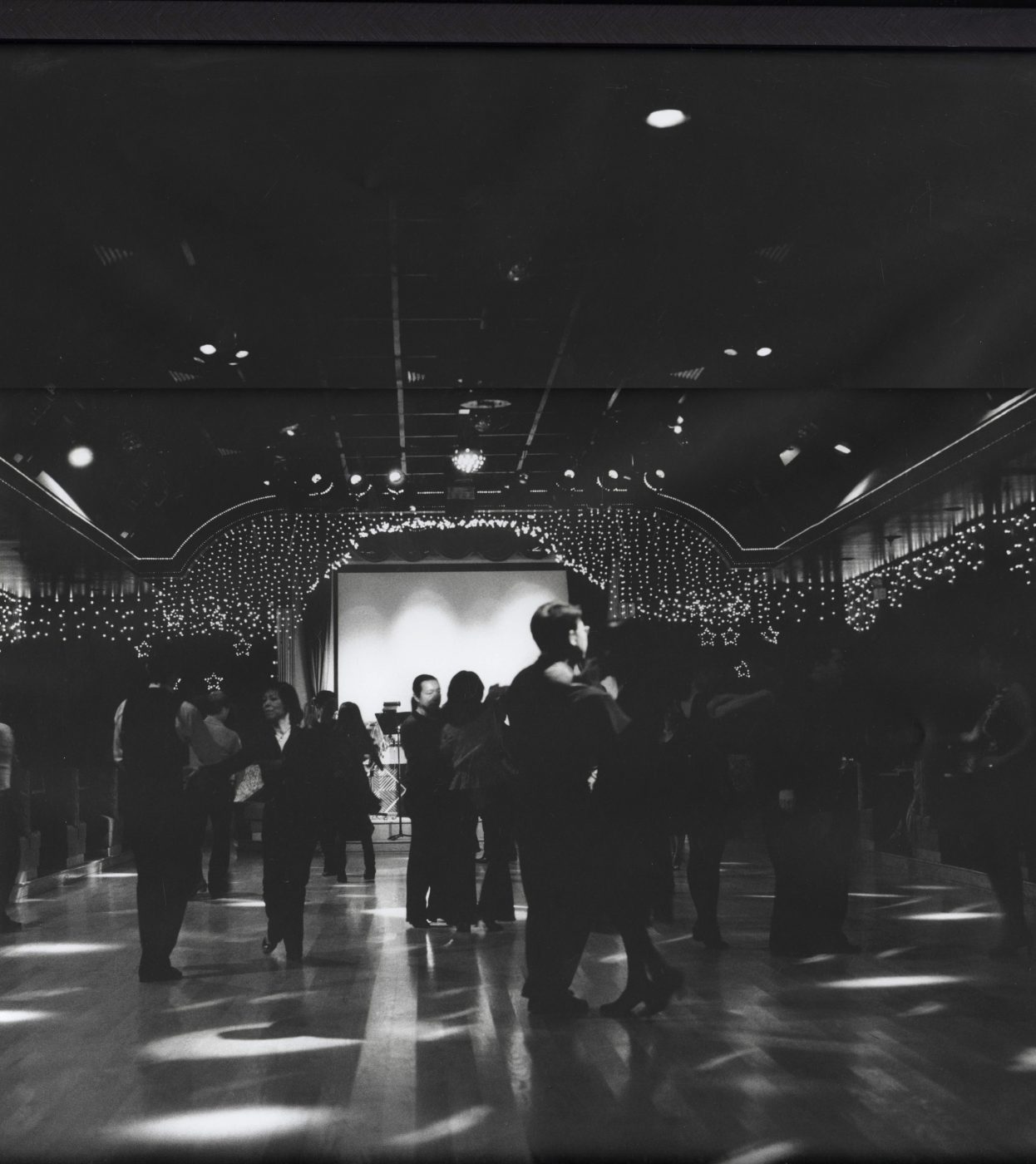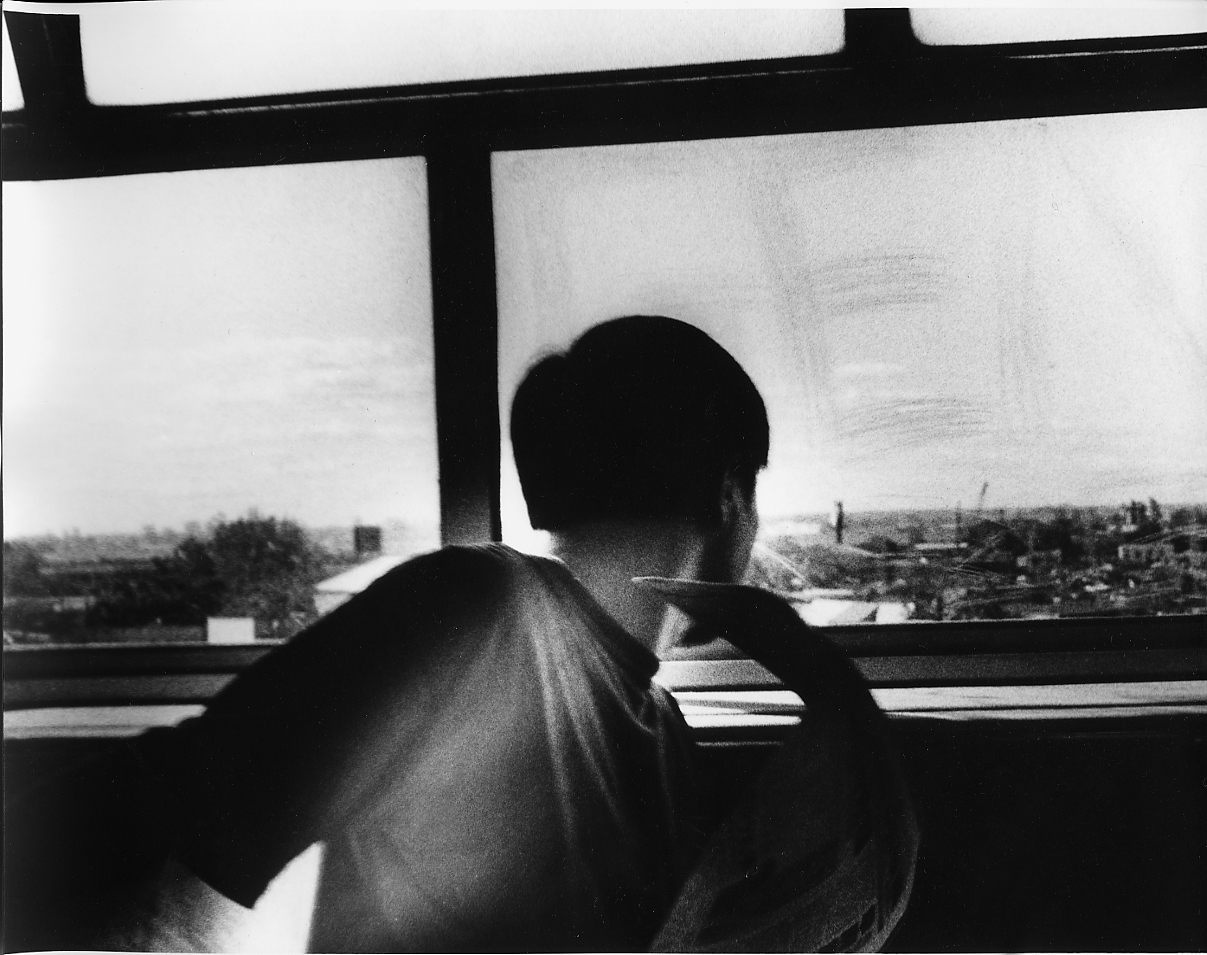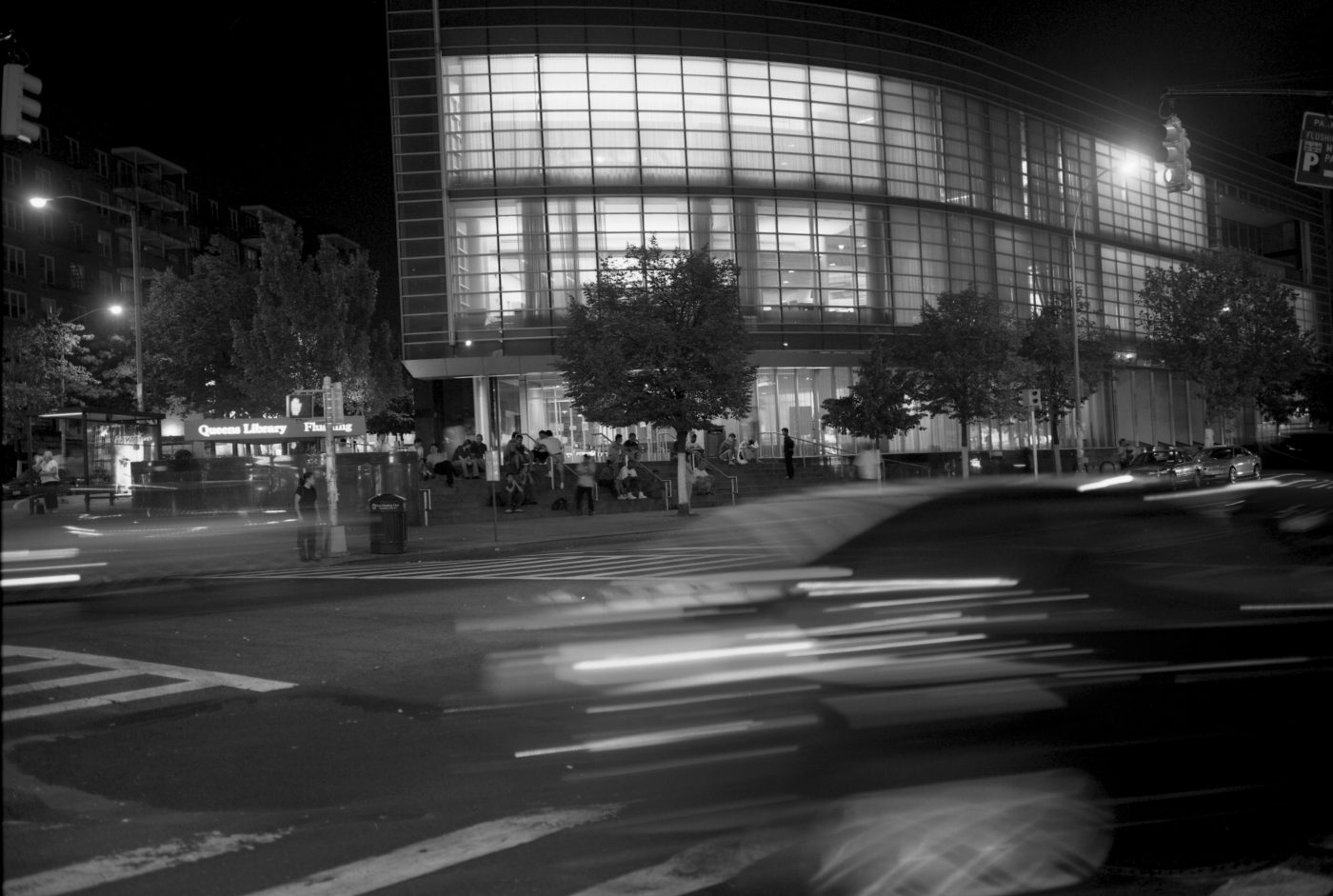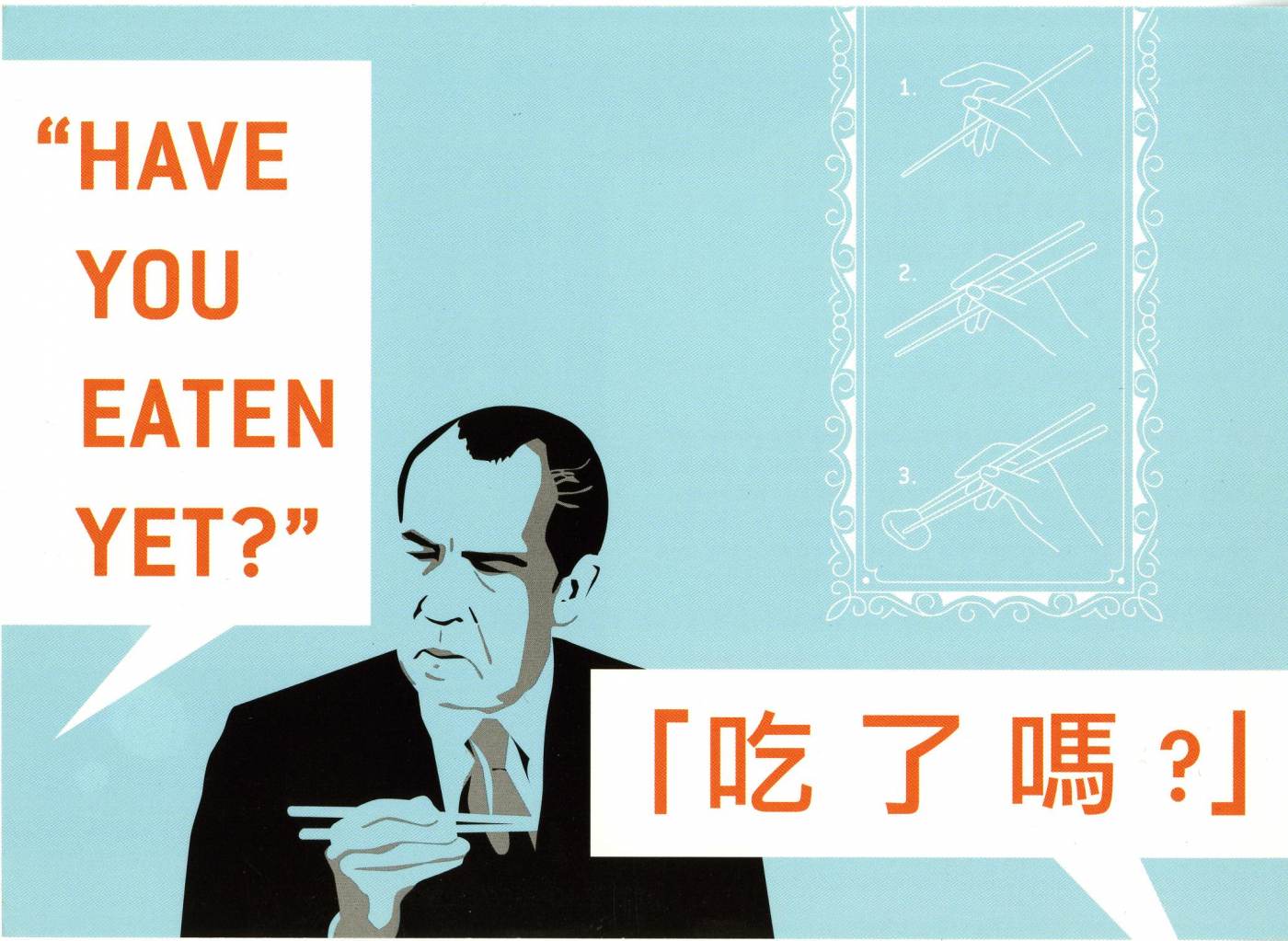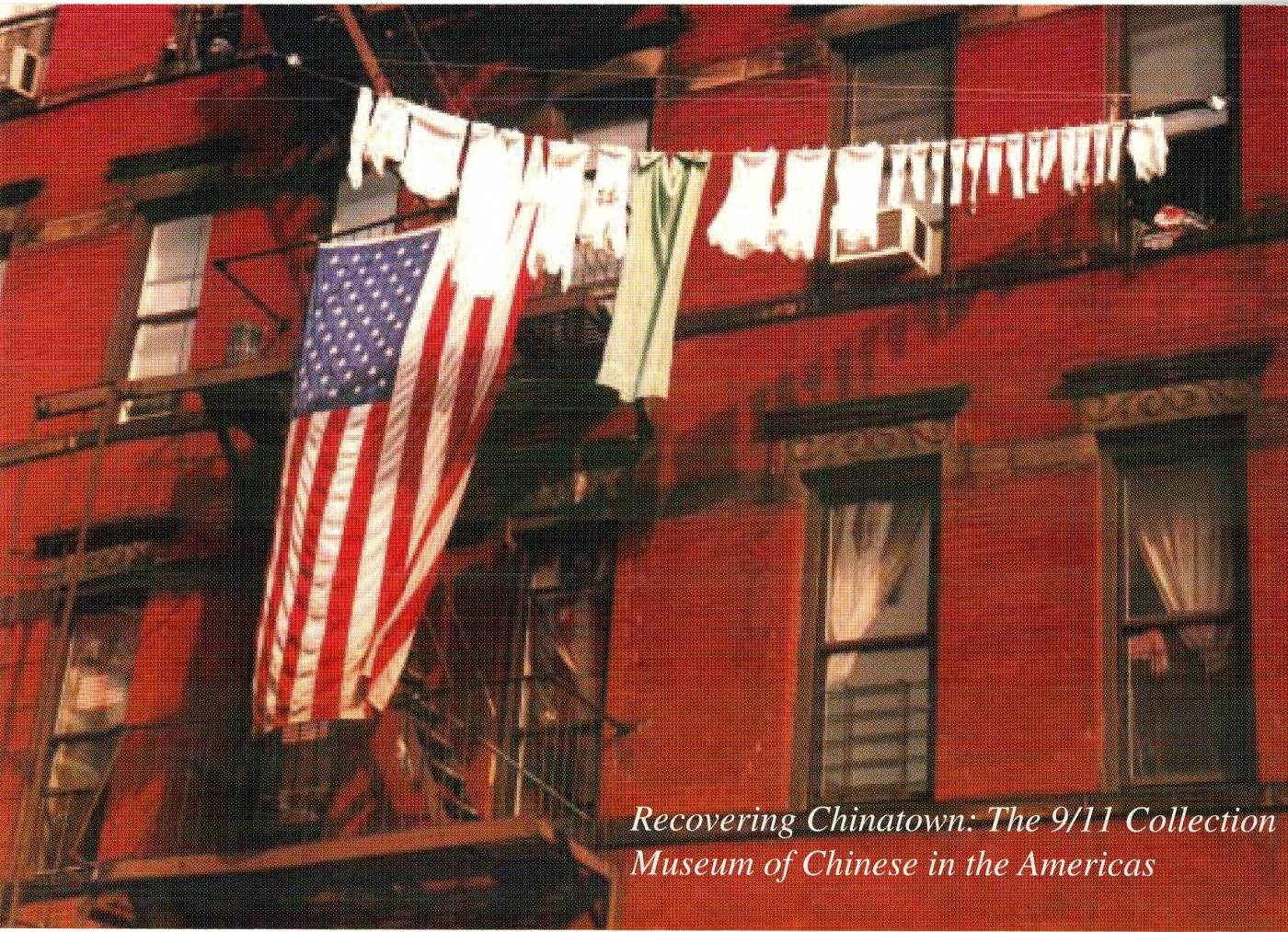Flushing’s Chinatown is one of three major Chinese communities in New York’s five boroughs. The community began to flourish in the 1970s when Mandarin-speaking Taiwanese immigrants began coming to New York. They felt largely alienated by Manhattan’s Chinatown, which largely spoke Cantonese. As the community grew, other groups of Mandarin-speaking immigrants also began migrating to Flushing and the neighborhood continues to grow. In 2003, MOCA worked with 3 photographers to document the Chinese community in Flushing. These works were presented at the museum in an exhibition called Main Street, Flushing, USA.
Collections馆藏Collections馆藏Collections馆藏Collections馆藏Collections馆藏Collections馆藏Collections馆藏Collections馆藏Collections馆藏Collections馆藏Collections馆藏Collections馆藏Collections馆藏Collections馆藏Collections馆藏Collections馆藏Collections馆藏Collections馆藏Collections馆藏Collections馆藏Collections馆藏Collections馆藏Collections馆藏Collections馆藏Collections馆藏Collections馆藏Collections馆藏Collections馆藏Collections馆藏Collections馆藏Collections馆藏Collections馆藏Collections馆藏Collections馆藏Collections馆藏Collections馆藏Collections馆藏Collections馆藏Collections馆藏Collections馆藏Collections馆藏Collections馆藏Collections馆藏Collections馆藏Collections馆藏Collections馆藏Collections馆藏Collections馆藏Collections馆藏Collections馆藏Collections馆藏Collections馆藏Collections馆藏Collections馆藏Collections馆藏Collections馆藏Collections馆藏Collections馆藏Collections馆藏Collections馆藏Collections馆藏Collections馆藏Collections馆藏Collections馆藏
Flushing’s Chinatown, 2003
